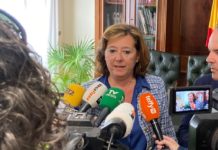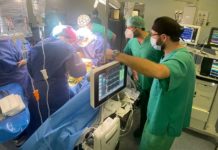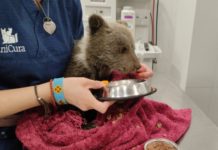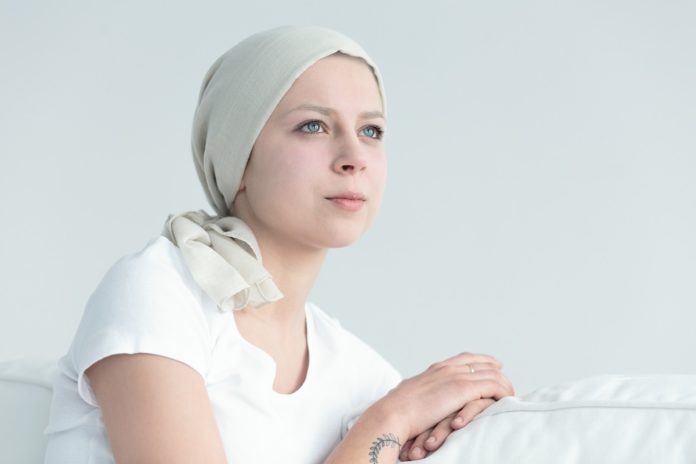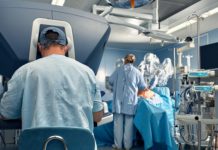
Quirónsalud Torrevieja recommends performing self-examinations and consulting a specialist in the event of any abnormality, hardening or visible change in the breast
- Specialists recommend having your first mammogram at age forty
- Tumours smaller than two centimetres have the highest cure rate
On the occasion of International Breast Cancer Day, Dr. Joseba Rebollo, oncologist at the Quirónsalud Torrevieja Oncology Platform, recommends that women usually perform a breast self-examination and go to the specialist doctor when they notice any abnormality, hardening, visible change, nipple-areola alterations, or axillary thickening.
As detailed by Dr. Joseba Rebollo, “the breast does not have a uniform consistency and often has irregular nodules or thickenings, but it is a proven fact that the woman who self-examines is able to discern between a known nodule and one of new appearance that appears firmer and that causes a certain startle when noticing. Like I found out that wasn’t there before.”
Early diagnosis, key to curing breast cancer
There are two keys to controlling the disease: improving a healthy lifestyle and detecting the tumour when it is still smaller than 1-2 cm in size.
“In tumours smaller than 2 cm, the cure of the disease is almost universally achieved”, explains the oncologist from the Quirónsalud Torrevieja Hospital, “for this reason, check-ups have proven to be effective in controlling mortality. In addition to regular health check-ups using imaging techniques such as mammography, ultrasound or breast resonance, breast self-examination must also be performed frequently”
The established clinical recommendation was to perform the first mammogram/ultrasound at the age of 40 as a baseline follow-up and then every two years until the age of 50. From this moment on, it is recommended to carry out annual check-ups until the age of 75.
Although, as Dr. Rebollo adds, this recommendation is evolving and the age of initiation of controls is made earlier, at 30 years of age when there is a familial tumour burden, and continues during old age if there are risk factors and the patient is in good health.
Quirónsalud specialists in the study of the transcriptome for the treatment of cancer
Thanks to the transcriptome, the specialists at Quirónsalud Torrevieja are able to study, in real time, the molecular characteristics of greatest relevance to the tumour at each moment of its evolution, what its strengths and weaknesses are, and thus administer to the patient a personalised treatment, appropriate to the characteristics of their own tumour. “For example,” explains Dr. Manuel Sureda, an oncologist at the Quirónsalud Torrevieja Oncology Platform, “it allows us to evaluate whether drugs whose activity in this tumour is doubtful continue to be active; whether it already expresses resistance pathways for drugs frequently administered in that type of tumour; It suggests the use of unusual drugs for which tumour cells show clear signs of sensitivity, etc. In short, it provides very complete information on the characteristics of the tumour and, “in Oncology, information about the tumour is anti-tumour power”.
One of the main advantages of the transcriptome is the ability to obtain information in real time, since tumours frequently change their characteristics in order to “survive” in the hostile environment posed by the body’s defences and the treatments administered. “For this reason, repeating the transcriptome after tumour progression has proven to be a first-rate tool to be able to offer a personalised therapy with greater probabilities of efficacy,” says Dr. Sureda.
The information generated by the transcriptome can be very useful in any type of tumour, “although it may be more relevant in locally advanced or metastatic tumours, due to the genetic complexity that these tumours reach in their evolution,” adds Dr. Sureda.













